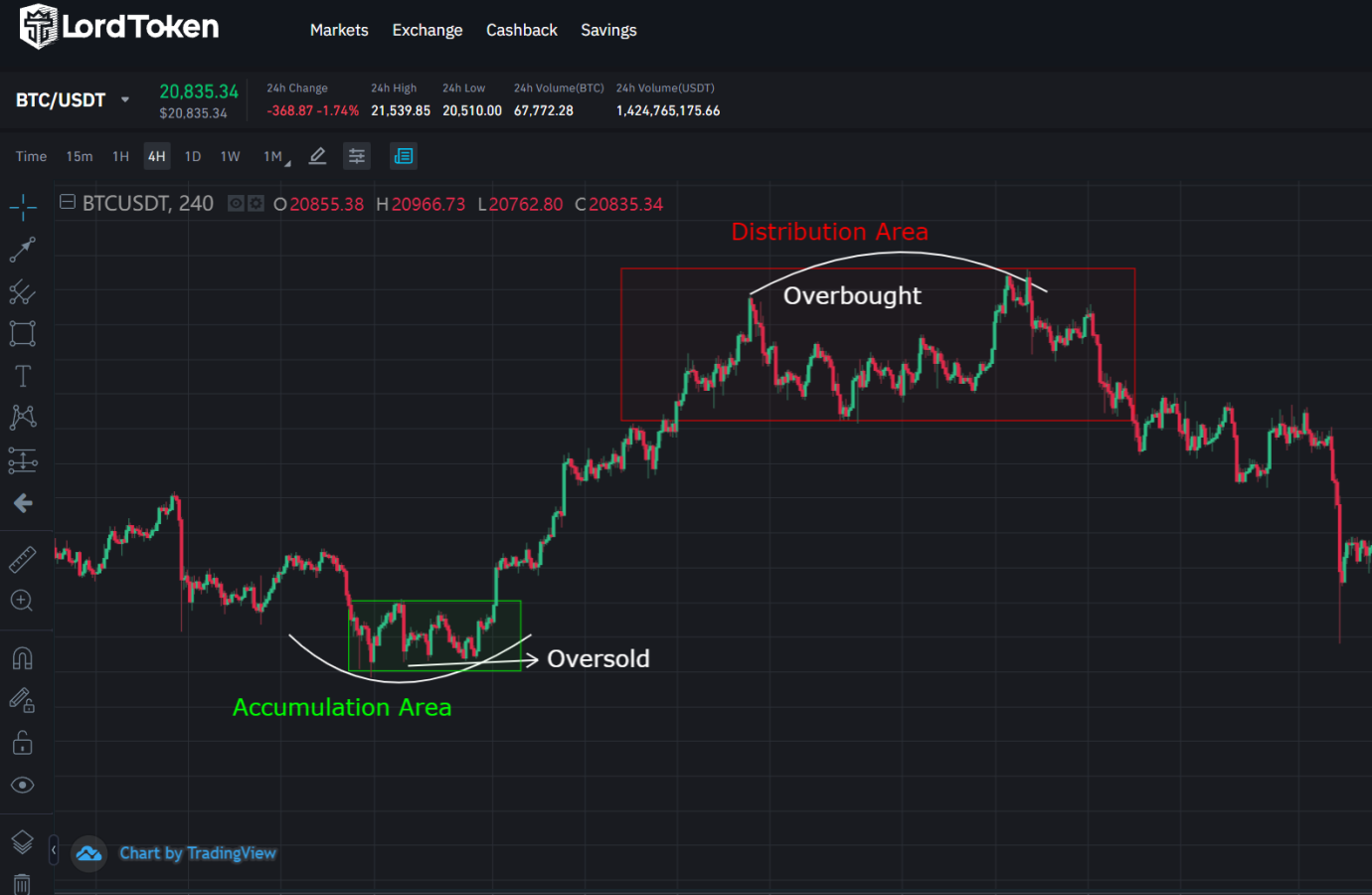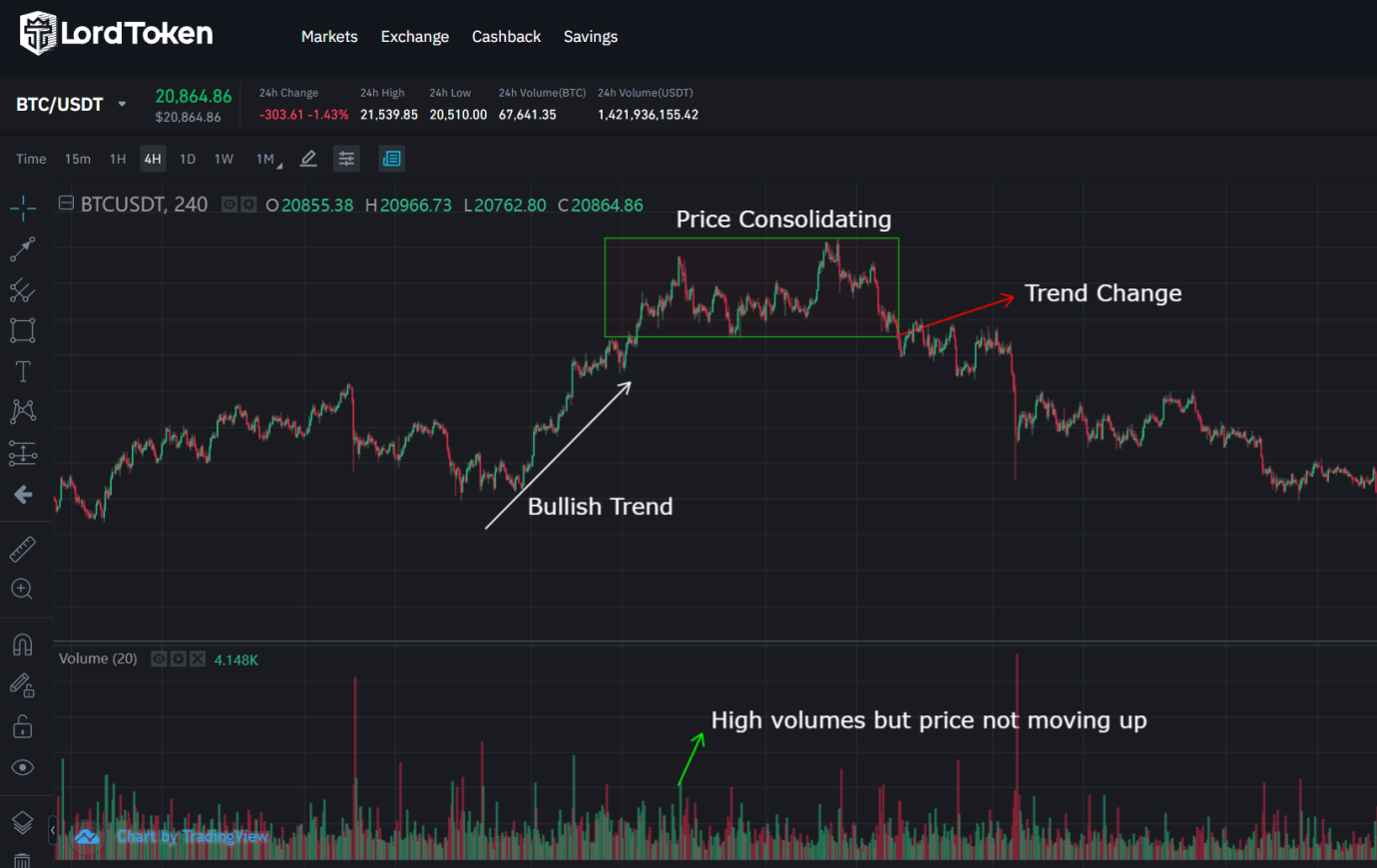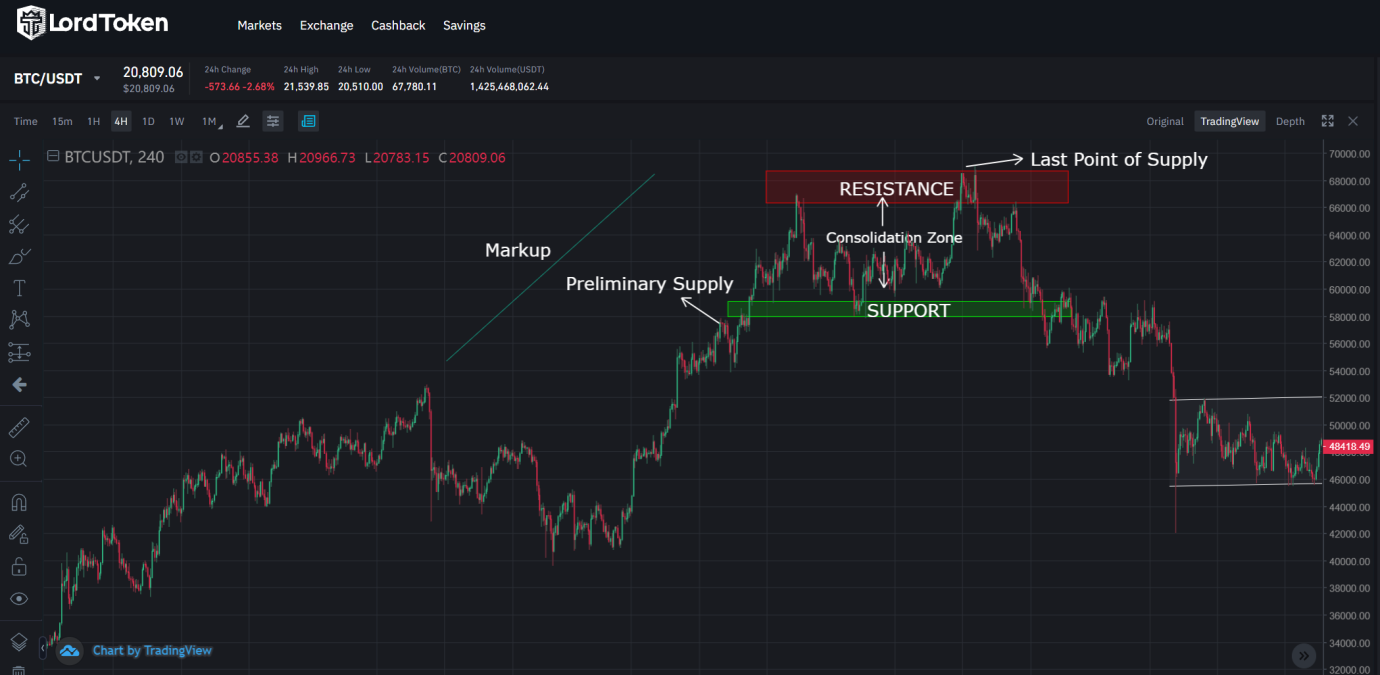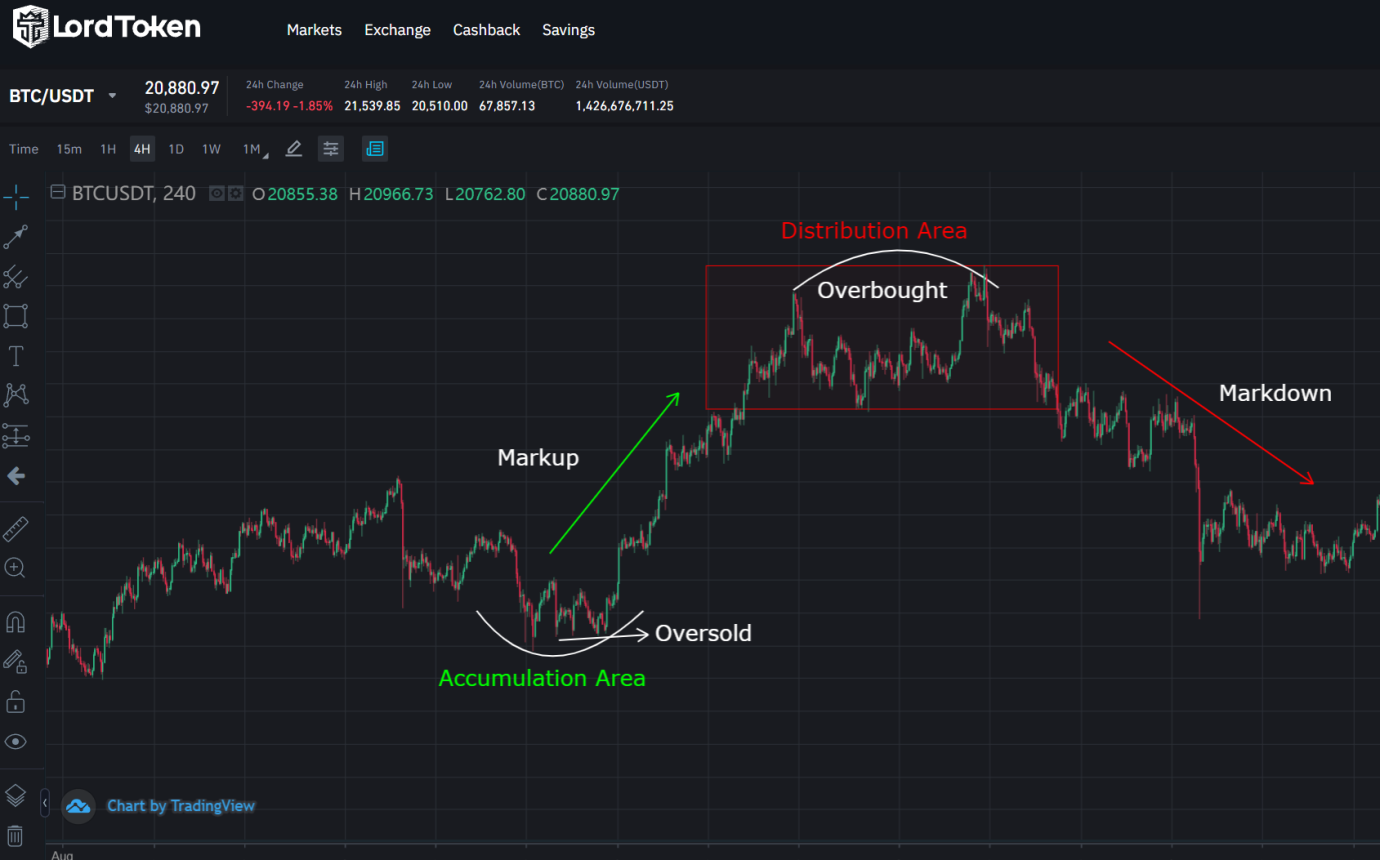
The Wyckoff Method
The Wyckoff Theory
The Wyckoff Theory or Wyckoff method is one of the most excellent guides for choosing winning stocks, the optimal purchasing timing, and the best risk-management strategy.
Early in the 20th century, Wyckoff observed the market and developed a technique for technical analysis still frequently employed by traders today.
After studying price action, Wyckoff developed his theory, highlighting crucial factors in the emergence of trends.
These times are characterized by accumulation and distribution in his model.
The three underlying laws that the Wyckoff accumulation approach is founded on are:
- Supply and Demand
- Cause and Effect
- Law of Effort and Result
Let's examine the fundamentals of the Wyckoff Laws:
1. The Law of Supply and Demand
The first and most essential of Wyckoff's laws is this one.
It states that price fluctuates in response to changes in supply and demand.
Three equations can be used to illustrate the first law:
Demand exceeds Supply: Price increases.
Demand less than Supply: Price declines.
Demand equals Supply: Price remains unchanged.
The Wyckoff law states that traders will see a bullish movement as supply exceeds demand.
On the other hand, when supply exceeds demand, prices will decline.
2. Cause-and-effect
According to Wyckoff's second law, the discrepancy between supply and demand is not arbitrary.
Instead, it is based on reasoning. Wyckoff uses the terms accumulation and distribution to describe his second law.

Particularly regarding economic events, accumulation happens after a time of preparation.
Accumulation (cause) results in an upward trend during this phase (effect).
Similarly, pricing drops during the distribution phase (cause), creating a downward trend (effect).
3. The Law of Effort and Result
Wyckoff's third law states that price changes result from an effort, symbolized by trading volume.
The likelihood of the current trend continuing increases when the price action trade volume reflects the same feeling.
The price will diverge, which could cause a stop or a change in direction if the volume, on the other hand, doesn't support the price movement.
Let's use the price of BTC as an example, which is rising and consolidating.

Volume is higher during the period of consolidation, but the price isn't rising to a new high.
This indicates that the price and volume are not expressing the same attitude. In this situation, the likelihood of the current momentum-changing is higher.
Wyckoff Theory Rules
The Wyckoff theory or method divides asset selection and market entry into 5 parts.
Any trader who wants to use this idea to guide their market maneuvers must follow these rules:
- Identify the market's existing position and forecast its future development.
- Select assets that follow the noted trend.
- Select assets with a "cause" that meets or exceeds your minimal goal.
- Find out if the assets are prepared to relocate.
- The turn in the forex market index will help you time your move.
- Recognition of the Three Wyckoff Laws
Investors need sufficient knowledge of the Wyckoff Laws before making a trading decision based on the Wyckoff method.
Wyckoff Schematics for Distribution
After a robust climb, the price is sidelined during the distribution period.
Now that big players are liquidating their positions, the price could drop after additional actions.
The Wyckoff distribution phase is divided into four steps.
They will be covered in this section:

1 - Preliminary Supply: The preliminary supply appears following a protracted bullish trend during which the high volume and spread expand. Wyckoff Distribution stages collapse.
This is the first sign that the demand for purchases would decrease and that consumers may take control of the pricing.
2 - Consolidation Zone: In the subsequent stage, the price fluctuates within a range. The volume and distribution will be typical throughout this era.
3 - Last Point of Supply: indicates that the price will rise once more after the CZ, widening the spread and boosting volume. Trading participants may therefore believe that the price will maintain its upward push.
However, it will rapidly reverse as soon as it breaches short-term highs.
4 -Distribution Marks: The distribution schematic ends with this section. Price should drop below the range and resume moving in the previous direction.
What Takes Place Following Wyckoff Accumulation?
When the Wyckoff accumulation is finished, the price will rise or fall quickly because demand / supply will increase.

Buyers will feel impulsive bullish pressure, whereas sellers will feel bearish pressure.
Final Comments
Nearly a century ago, Wyckoff developed his accumulation theory, primarily for the stock market. However, the method's widespread application in freely traded markets demonstrates that it is more than merely a technical analysis indicator.
The idea enables investors to protect themselves from all swings but also aids in their understanding of market cycles, price changes, and potential future trends.
There are no sure trading strategies, though.
Cryptocurrency trading and investing require extensive research and constant attention to market activity. Traders should always be aware of the hazards and seek expert investing advice before trading.
